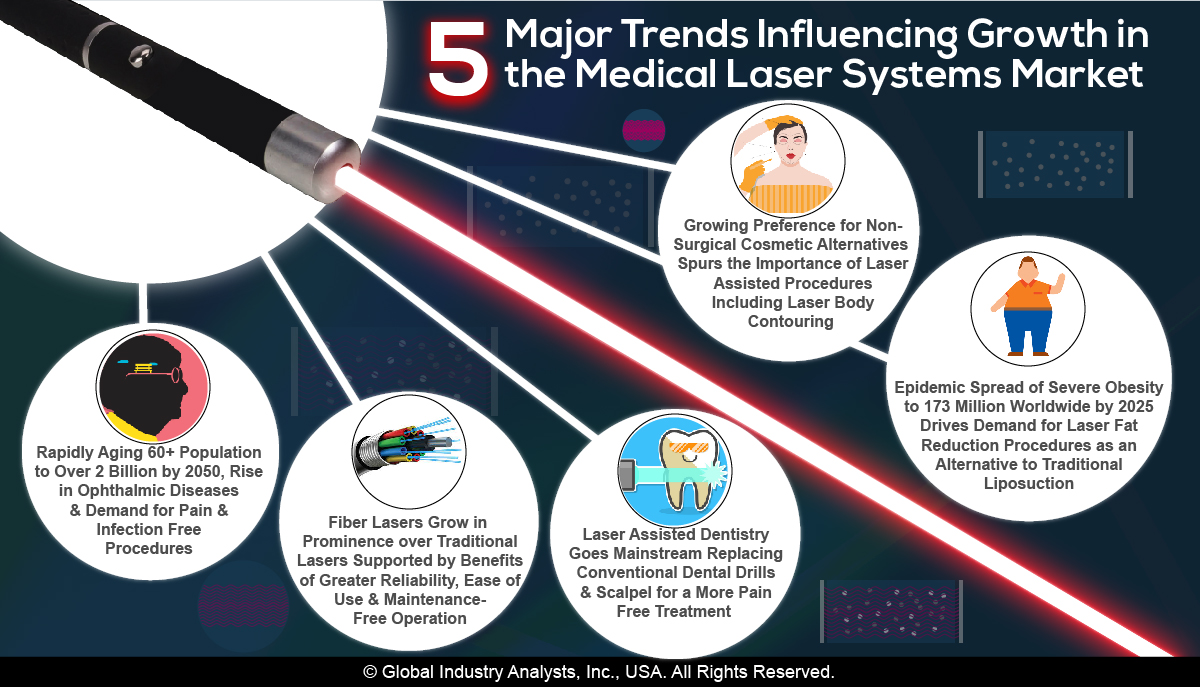Refractive Lens Exchange Explained: What Your Optometrist Isn't Informing You
Refractive Lens Exchange Explained: What Your Optometrist Isn't Informing You
Blog Article
Created By-Sumner Wichmann
Have you ever before thought about Refractive Lens Exchange (RLE) as a choice for vision modification? While it isn't as widely talked about as LASIK, RLE could be a game-changer for your vision. Lots of people ignore its benefits, thinking conventional methods are their only option. Yet what are the actual benefits, and what might your optometrist not be informing you about this treatment? Let's explore the ins and outs of RLE with each other.
Comprehending Refractive Lens Exchange: The Essentials
Refractive lens exchange (RLE) is a surgery that can significantly boost your vision, especially if you're managing presbyopia or serious refractive mistakes.
During RLE, your eye cosmetic surgeon removes your eye's natural lens and changes it with a man-made one customized to your vision requires. This procedure can remedy nearsightedness, farsightedness, and astigmatism, giving you more clear vision without counting on glasses or contact lenses.
The surgical treatment is generally fast, taking less than an hour, and the majority of individuals experience minimal discomfort. Recovery is relatively fast, enabling you to return to your daily tasks quickly after.
If you're thinking about RLE, speaking with your ophthalmologist can help you establish if it's the right choice for you.
Key Differences In Between RLE and Typical Cataract Surgical Treatment
While both refractive lens exchange (RLE) and traditional cataract surgical treatment include replacing the eye's all-natural lens, their primary objectives and client profiles differ significantly.
RLE is aimed at individuals looking for to reduce their dependence on glasses or get in touch with lenses because of refractive errors, typically prior to cataracts develop. On the other hand, traditional cataract surgical procedure generally targets people that have actually established cataracts, which shadow the lens and hinder vision.
The lenses made use of in RLE can offer a wider range of vision adjustment, while basic cataract surgery typically involves basic monofocal lenses.
Furthermore, RLE candidates are usually younger and in excellent overall health and wellness, whereas cataract clients might be older and have other health worries.
Selecting the right procedure depends on your particular vision requirements and circumstances.
Potential Advantages and Factors To Consider of RLE
If you're taking into consideration refractive lens exchange (RLE), you'll locate several prospective advantages that may boost your lifestyle.
RLE can supply you with more clear vision, lowering or removing the need for glasses or get in touch with lenses. It supplies a chance to deal with presbyopia and other refractive errors concurrently, typically improving your total visual acuity.
In addition, RLE can be a wonderful option if you're not an appropriate prospect for LASIK. Nevertheless, it is very important to evaluate the factors to consider, like the price, prospective threats, and the recovery period.
Discussing your details needs with your eye doctor can assist you make an informed choice, ensuring you pick the very best path for your vision improvement.
Conclusion
In conclusion, refractive lens exchange supplies a special solution for vision modification that goes beyond what LASIK can give. It's important to weigh the benefits versus potential risks and prices before deciding. Do not be reluctant to ask your optometrist the difficult inquiries to guarantee you fully recognize the procedure and its effects for your vision. With the best details, you can with confidence pick the very best alternative for your eyes and lifestyle.
